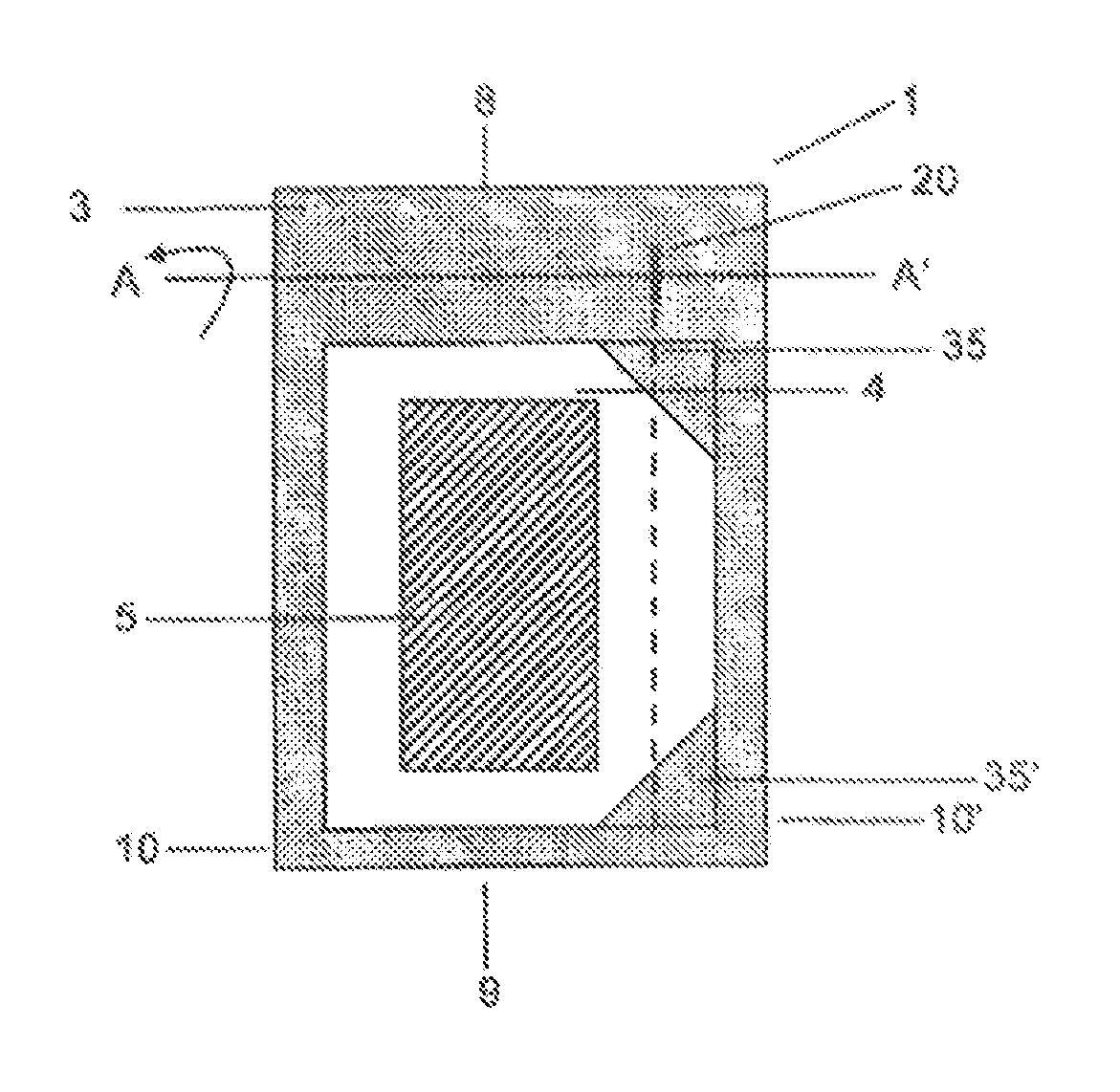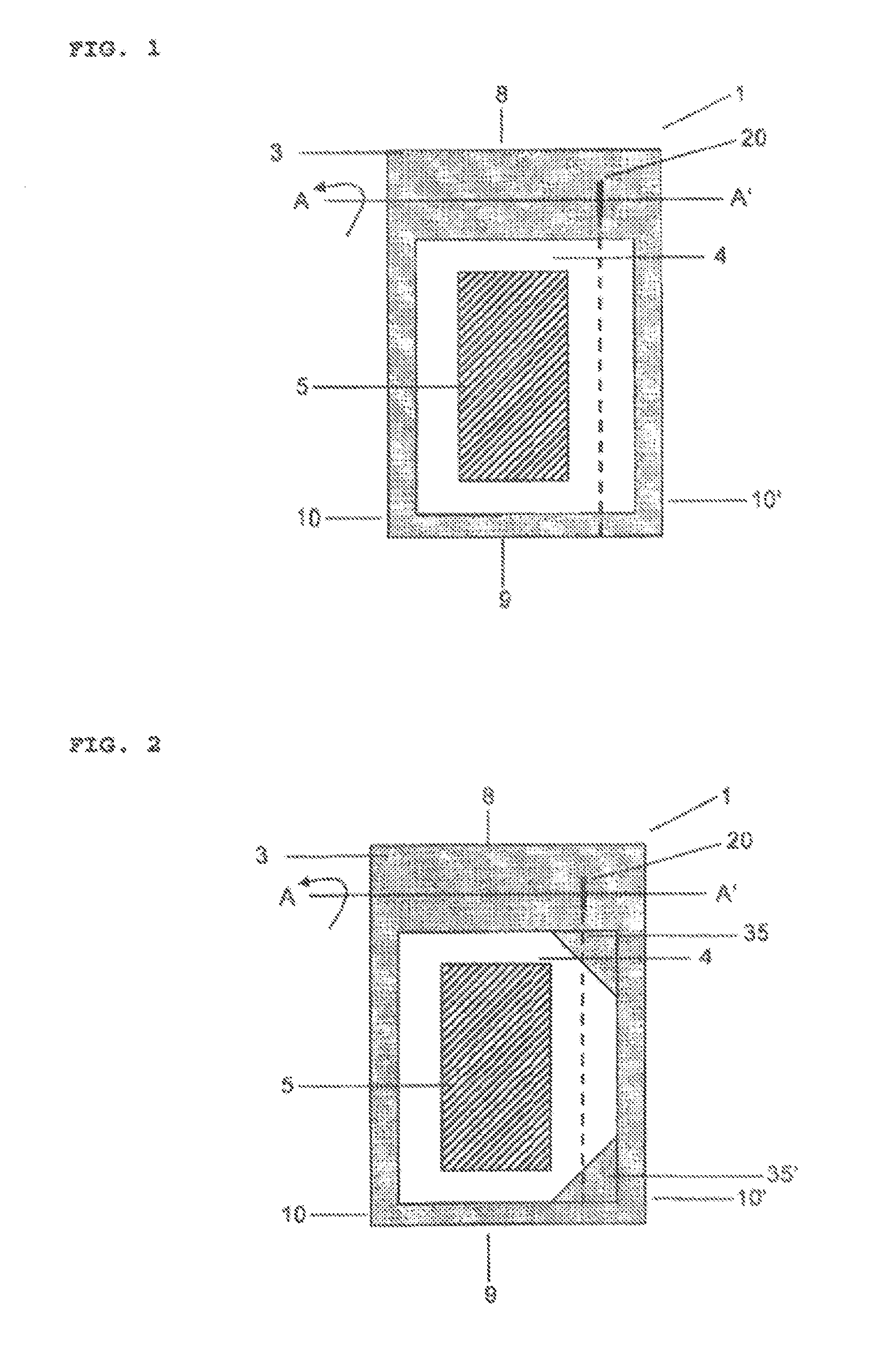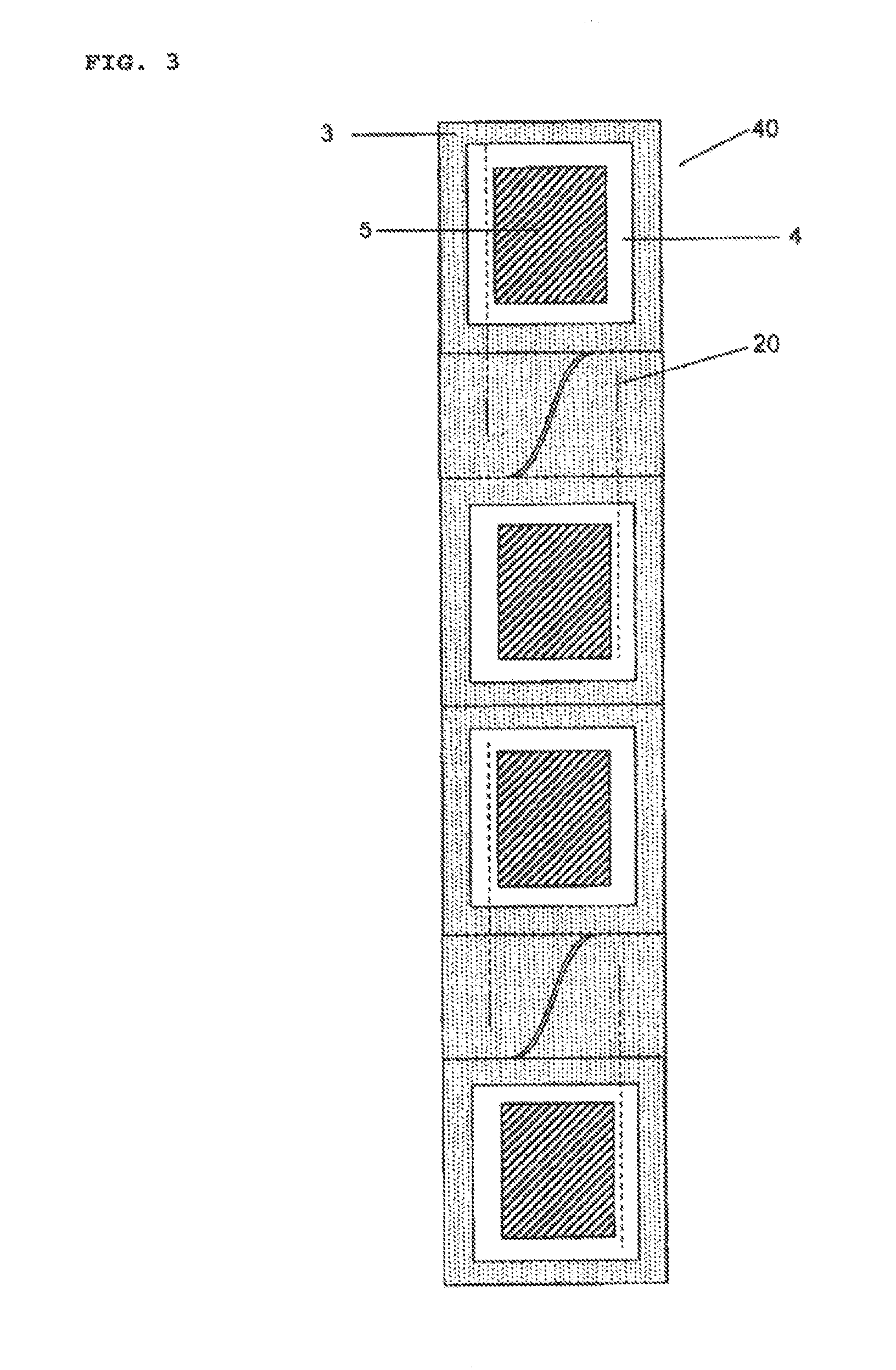A particular problem in the design of secure packages of this kind for medicines is, on the one hand, that the package is intended to provide maximum safety against unintentional self-medication, in particular by children who, driven by
curiosity, open the package and confuse the medicaments, which are often coloured and aromatized to
mask the bad taste and / or smell of the active substances, for sweets or other confectionery and take them, or who apply the contained transdermal therapeutic systems in the course of play.
As is to be expected from the nature of the problem described above, a solution for achieving these objectives appears elusive, since children often approach the task of opening the package with great perseverance, ingenuity and intuition, while adult users often
neglect to study the instructions or explanatory pictograms and unnecessarily take a knife or scissors to open the package, or, in the worst case, fail to take the medication because of the difficulties in opening the package if these utensils are not to hand, with the result that
patient compliance falls.
A further problem with single-dose packages for film-shaped administration forms and transdermal therapeutic systems is that the surface area of the single dose is quite large in relation to the active
substance content in comparison with other administration forms such as tablets or suppositories and cannot be reduced by bending and folding.
This has the
disadvantage that both the upper side and the underside of the large-surface administration form have to be covered with a film, which entails a high outlay in terms of material and, as a result of the expensive films, leads to high packaging costs, which can significantly increase the costs of the single dose and bring about an extremely unfavourable ratio of packaging costs to product costs.
In addition, a particular problem lies in the fact that single-dose packages are not simply intended to protect medicines from environmental influences such as light and
moisture, which often lead to the active substance breaking down and, consequently, to the
medicine becoming unusable.
A further aspect arising from the choice of films is also that, because of the large contact surface, components of the inner
coating can diffuse into the administration form and, for example in the case of
oral administration forms, influence the taste or even
pose a risk to health.
The
disadvantage of this approach is that a childproof package is obtained only by packaging paired films (film-shaped administration forms).
Although opening the childproof safety feature in order to
expose one administration form leaves the other administration form still packed in a chemically sealed manner, the childproof safety feature is no longer available.
However, the
disadvantage of this choice of material is that the sealing seams, which in contrast to the outer surfaces cannot be additionally provided with a further layer, e.g. a
metal layer, in order to increase the sealing effect, do not have a high degree of impermeability to water vapour.
The minimum water vapour permeability of the single-dose package is therefore limited by the choice of the seal material.
Polyolefin films specifically have the disadvantage, however, that they are often not
inert with respect to migration of active substance, with the result that, over the course of the storage period, the active substances migrate into the package and are thus extracted from the
medicine.
In terms of use, the sealing seam strength is usually also weakened by the fact that the sealed polymers are weakened by incorporation of other auxiliaries that are not weldable.
As a
side effect, these auxiliaries also cause reduced sealing-seam impermeabilities for gases such as water vapour and
oxygen, which impairs the storage stability of the package and can lead to problems due to water absorption of hygroscopic products, as well as to increased degradation of
oxygen-sensitive products.
However, these packages are not childproof, and there is the danger, specifically in the packaging of film-shaped administration forms, that the packaged product is damaged by an uncontrolled tear profile, and the user therefore has to exercise extreme care when opening the package.
A further problem is that the
material consumption for producing childproof packages is often further increased by the fact that opening the package requires the presence of unsealed portions, which serve as a gripping aid for “peeling”, the minimum size of the gripping aids being limited by anatomical conditions.
Therefore, the childproof packaging of film-shaped medicines / administration forms presents a particular challenge, since films react sensitively to physical-chemical (e.g. light,
moisture,
oxygen) and mechanical loads.
Even if the packaging of individual film-shaped administration forms meets the requirements for the protection of the individually packaged product, it has the disadvantage that it is very expensive in practical implementation, since it requires using considerable amounts of material, and the corresponding packages can only be produced relatively slowly.
 Login to View More
Login to View More 


